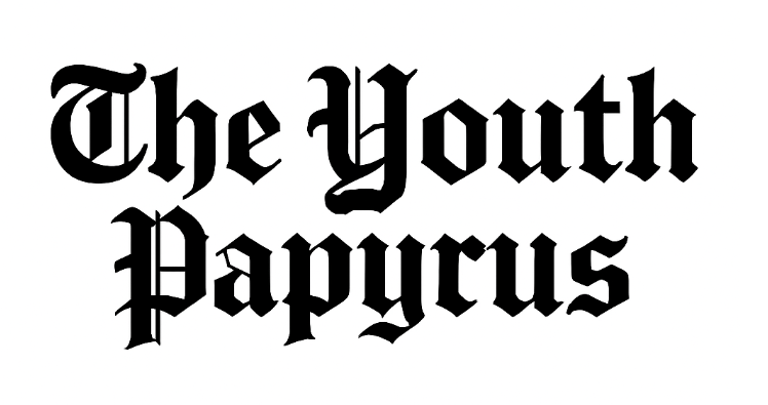To what extent does remote work, as opposed to traditional office environments, impact employee productivity, and how are these productivity outcomes associated with employee contentment in professional settings?
BUSINESS
Simon Tchira
Remote Work vs. Office Life: Productivity and Employee Contentment in the Post-Pandemic Workplace
The global shift to remote work during the COVID-19 pandemic reshaped how organizations think about productivity, culture, and employee well-being. While remote work has been heralded as a revolution in workplace flexibility, its true impact on productivity and employee contentment remains complex. Recent research into U.S. professionals between 2023 and 2025 highlights the nuanced trade-offs organizations now face as they decide between remote, traditional, and hybrid work models.
Productivity: The Structured Advantage of Office Spaces
Survey data from 40 white-collar professionals revealed that productivity was consistently rated higher in traditional office settings than in remote environments. On a 10-point scale, employees scored office productivity at 7.9, compared to 6.9 for remote work. Respondents pointed to greater managerial oversight, structured routines, and the motivational presence of actively working peers as factors that kept tasks on track. Conversely, distractions in remote environments—such as household responsibilities and blurred personal-professional boundaries—were cited as significant productivity challenges.
These findings align with earlier studies suggesting that while remote work can provide short-term productivity boosts, long-term sustainability often suffers without the collaborative energy and accountability of an office environment.
Contentment: Remote Work Leads in Satisfaction
Despite lower productivity, remote work scored higher in employee satisfaction. Respondents rated their contentment at 7.9 when working remotely, compared to 7.0 in traditional offices. The reasons are clear: employees valued flexibility, comfort, and the autonomy to create personalized schedules. Many noted that working from home allowed them to save time, reduce stress from commuting, and achieve a healthier work-life balance.
This paradox—greater happiness at home but greater efficiency in the office—underscores the central dilemma organizations now face: should they optimize for productivity or prioritize employee well-being?
Distractions and Preferences: A Divided Workforce
When asked about distractions, respondents admitted higher interference at home (7.73) versus in the office (7.0). These disruptions may explain the drop in perceived productivity outside of traditional workspaces. Interestingly, when asked which environment they would prefer if given a choice, 52.5% favored the office, 30% chose remote work, and 17.5% opted for a hybrid model. Supervisors and executives tended to prefer office settings, while non-supervisory employees leaned toward remote work, reflecting differing priorities tied to role and responsibility.
Implications for the Future of Work
The findings suggest that neither remote nor office work fully satisfies the dual goals of efficiency and satisfaction. Instead, a hybrid approach may offer the best solution. By tailoring work environments to specific tasks—using offices for collaborative projects and remote setups for deep, independent work—companies can maximize both productivity and employee well-being.
Beyond internal performance, the choice of work model has broader implications for talent acquisition and retention. With modern employees placing increasing value on flexibility, organizations that ignore work-life balance risk losing skilled workers to competitors who embrace hybrid or remote options.
Conclusion
The research highlights a critical insight for post-pandemic workforce planning: employee contentment does not always translate into productivity. While remote work enhances well-being, offices remain more effective at fostering output. Companies must therefore balance these competing outcomes, adopting flexible policies that consider both organizational performance and employee satisfaction. Rather than defaulting to a one-size-fits-all approach, the future of work lies in creating adaptable strategies that recognize the unique demands of different roles and tasks
